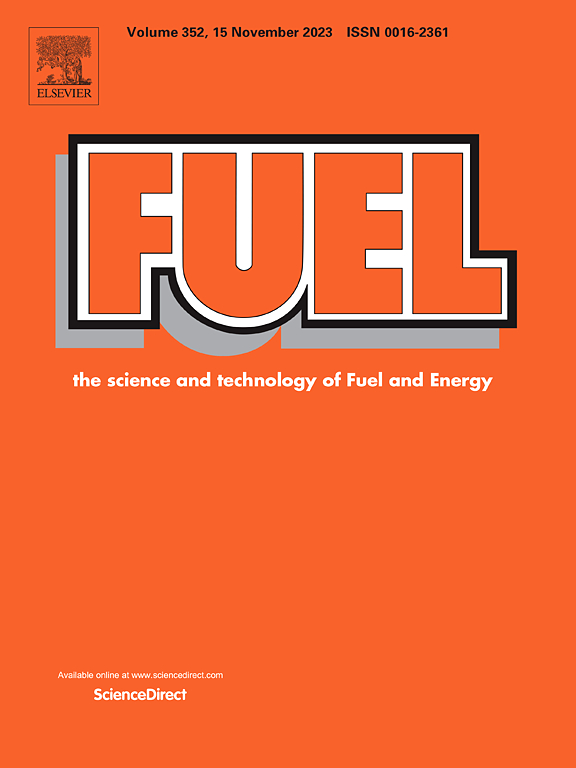The autoignition characteristics of oxygen-in-ammonia blending fuel turbulent jet flame into high temperature co-flow
IF 6.7
1区 工程技术
Q2 ENERGY & FUELS
引用次数: 0
Abstract
Due to stringent emission regulations and global carbon neutrality proposal, ammonia, as one of promising zero-carbon emission fuel, holds significant potential for applications in transportation especially internal combustion engines. Oxygen-enriched combustion, an effective flame enhancement method for ammonia combustion, need a further investigation particularly into a high temperature co-flow. This study focuses on the oxygen combustion enhancement effect on autoignition characteristics of ammonia under varying combustion conditions, including co-flow temperatures, co-flow velocities, injection pressures and oxygen coefficients. The minimum autoignition required temperature to form a stable flame is 1123 K. With co-flow temperature increases, flame length and area increase. But with the excess oxygen coefficient increases, flame morphology decreases. The lifted height and ignition delay time, as key combustion parameters of turbulent jet flames, were analyzed to evaluate autoignition characteristics and combustion stability. As excess oxygen coefficient increases, ignition delay time initially decreases and then increases. The minimal flame ignition delay time occurs at an excess oxygen coefficient of 0.8. Additionally, the lifted height gradually decreases with an augment in the co-flow temperature. The temperature sensitivity on lifted height decline when co-flow temperature reaches a critical co-flow temperature (1173 K). The large-scale structure model has a well match to predict flame lifted height. Consistent with the variations of ignition delay time, smallest fluctuation in lifted height over time and the most stable flame state are achieved when excess oxygen coefficient is 0.8.
求助全文
约1分钟内获得全文
求助全文
来源期刊

Fuel
工程技术-工程:化工
CiteScore
12.80
自引率
20.30%
发文量
3506
审稿时长
64 days
期刊介绍:
The exploration of energy sources remains a critical matter of study. For the past nine decades, fuel has consistently held the forefront in primary research efforts within the field of energy science. This area of investigation encompasses a wide range of subjects, with a particular emphasis on emerging concerns like environmental factors and pollution.
 求助内容:
求助内容: 应助结果提醒方式:
应助结果提醒方式:


